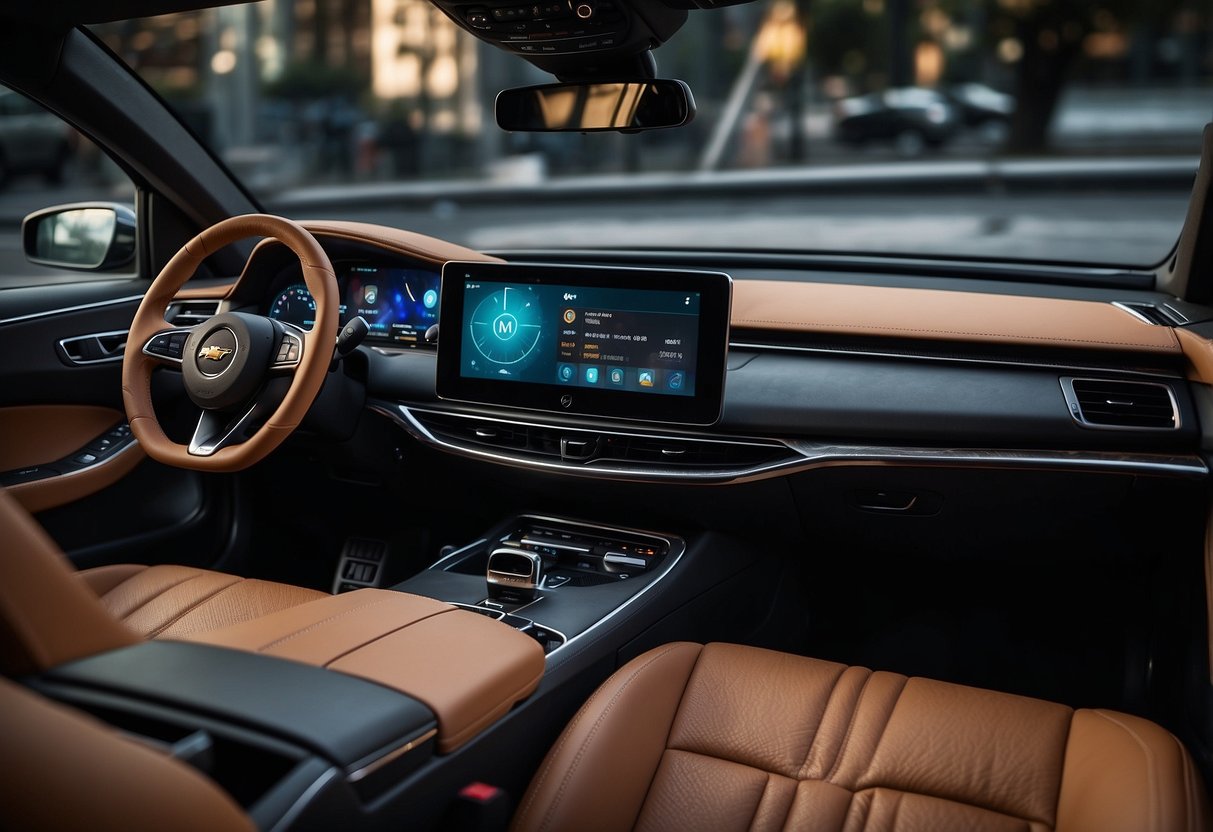
Gesture Control
Gesture control allows users to interact with the infotainment system using hand movements. This technology is commonly used for tasks such as adjusting the volume, changing tracks, or navigating through menus. The goal is to minimize distractions and keep the driver’s focus on the road.
Sensors placed strategically within the cabin detect these gestures, translating them into commands. Companies like BMW and Mercedes-Benz have pioneered the introduction of gesture control in their high-end models. The use of this technology aims to provide a more intuitive and futuristic interaction experience, reducing physical contact with the touchscreen and enhancing safety.
Integration with Vehicle Systems
Car infotainment systems have become highly integrated with various vehicle systems, providing a seamless experience for drivers and passengers. This integration includes connections to navigation, climate control, and safety features, enhancing the functionality of the car.
Many infotainment systems now allow drivers to control climate settings, such as adjusting the temperature or fan speed, directly from the touchscreen. This reduces the need for separate controls and simplifies the interface.
Navigation integration provides real-time traffic updates, route suggestions, and easy access to points of interest. These features help drivers make informed decisions and arrive at their destinations more efficiently.
Safety systems are also tied into infotainment, offering alerts for lane departure, collision warnings, and other driver assistance technologies. These alerts often appear on the infotainment screen, providing a centralized location for important information.
Voice command features enable hands-free control of various systems, enhancing safety and convenience. Drivers can adjust settings, make calls, and access information without taking their eyes off the road.
Modern infotainment systems support smartphone connectivity through technologies like Apple CarPlay and Android Auto. This allows access to apps, music, and contacts, creating an integrated and familiar environment.
Some carmakers incorporate onboard diagnostics, showing vehicle health information on the infotainment screen. This includes data on engine performance, maintenance alerts, and other vital statistics, helping drivers maintain their vehicles proactively.



